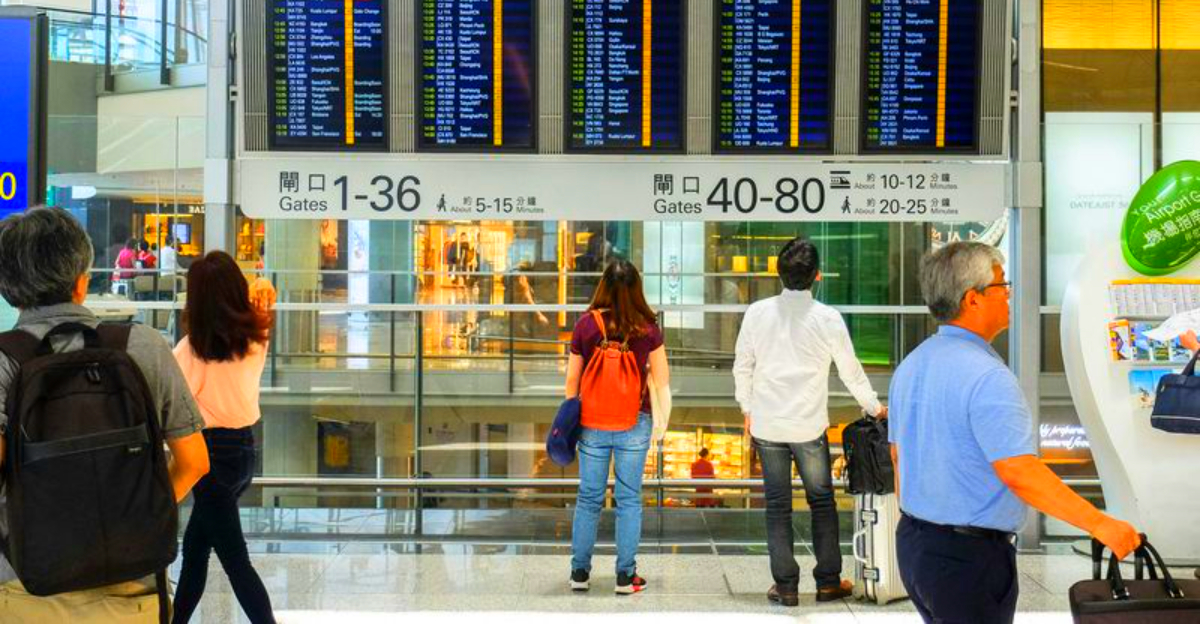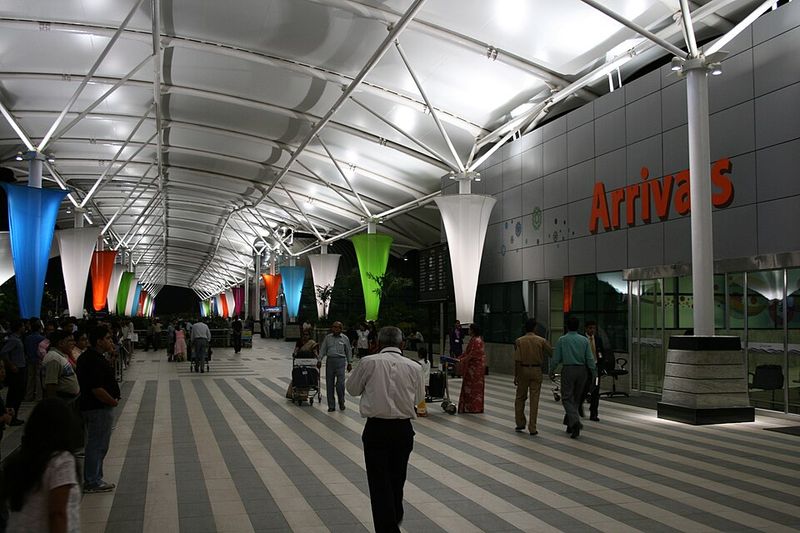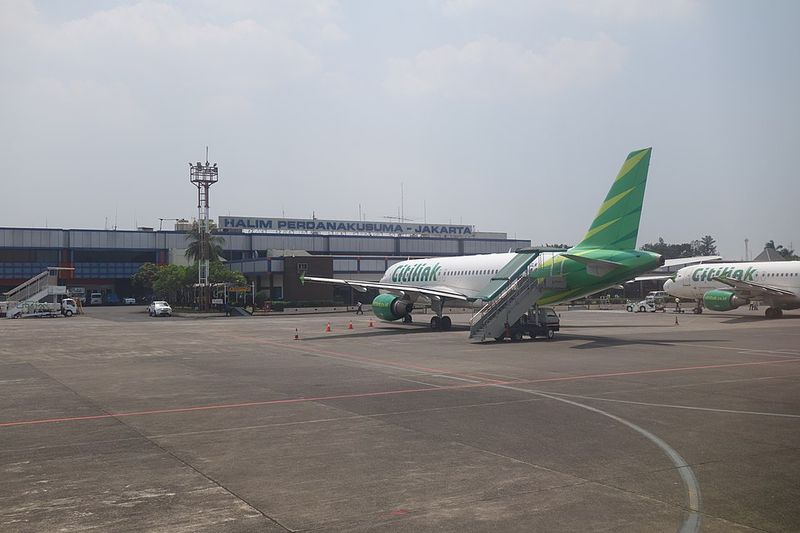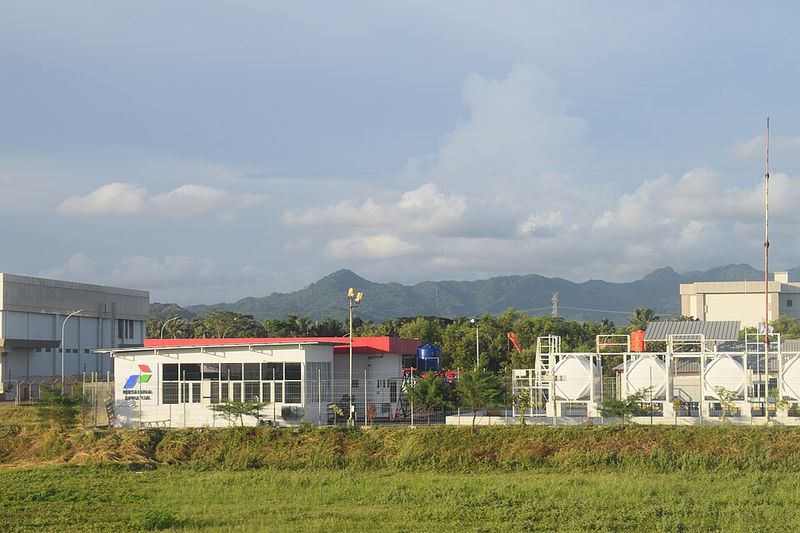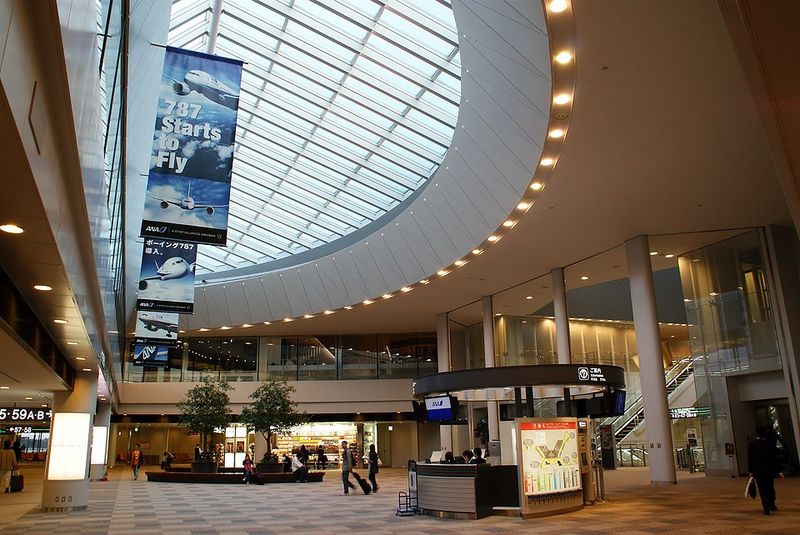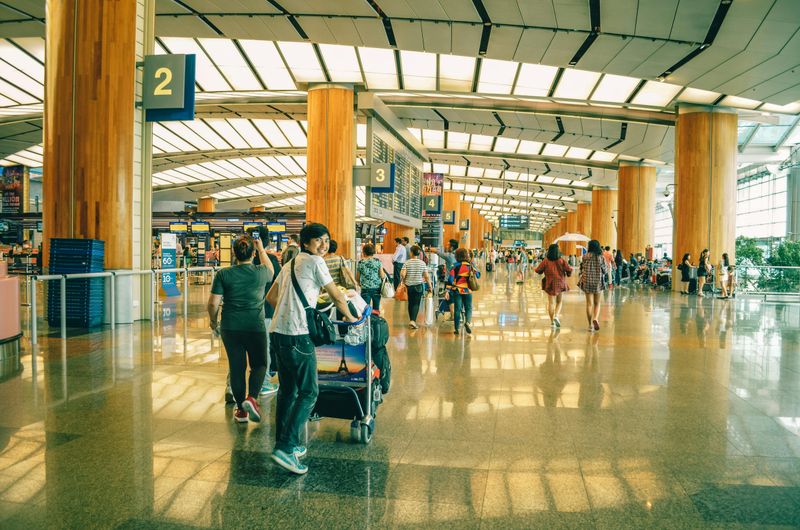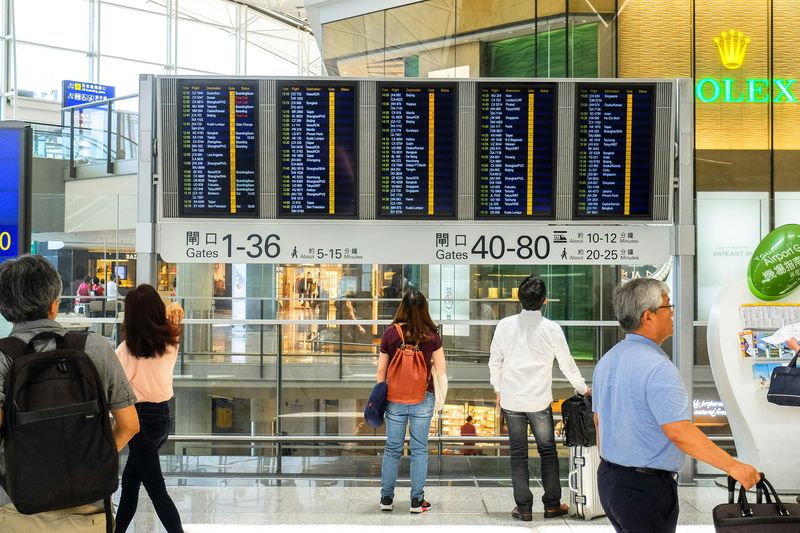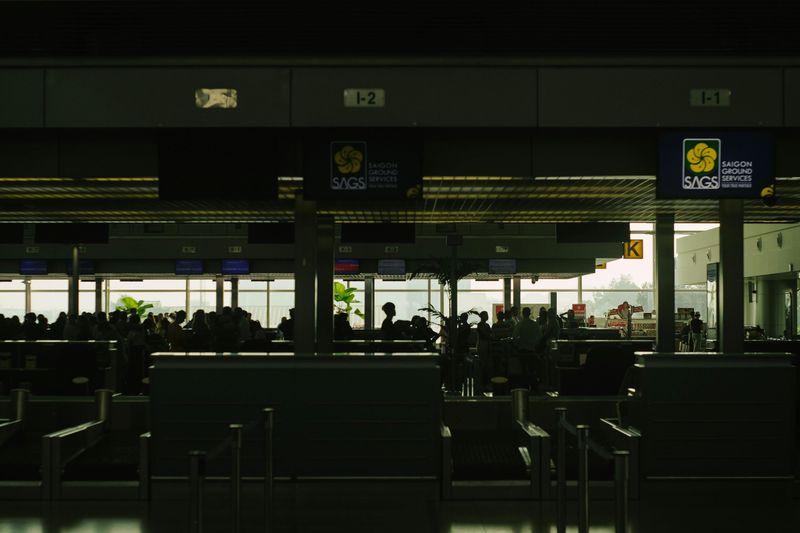Traveling through Asia’s airports in 2025 presents new experiences with updated rules and technologies. These changes aim to enhance security and streamline processes. Here are seven key updates to keep in mind as you plan your journey across this diverse continent.
1. India’s Stricter Hand Baggage Rules
April 2025 brought a new dawn for hand baggage policies in India. Airlines like Air India and IndiGo now allow only one piece of carry-on luggage per traveler. This change affects both domestic and international flights.
The allowance depends on the class you’re flying, with economy passengers having specific size and weight limits distinct from premium or business class.
Frequent travelers should plan accordingly, as additional baggage must be checked in. This regulation is aimed at streamlining boarding processes and enhancing cabin safety. It’s a noteworthy shift for travelers used to more generous baggage allowances.
2. Expanded Use of Automated Border Gates
Automation is transforming airport experiences in India and Indonesia. The Fast Track Immigration in India now includes e-gates for eligible nationals and OCI cardholders.
In Indonesia, key airports like Jakarta and Bali offer autogates for foreigners with e-passports. Travelers might find this technology convenient, reducing wait times and streamlining entry.
This initiative reflects a broader push to incorporate technology into border control, catering to a tech-savvy global audience. Such advancements highlight a commitment to improving efficiency and enhancing passenger experiences.
3. Mandatory “All Indonesia” Digital Declaration
October 2025 marks the introduction of a digital declaration in Indonesia. The “All Indonesia” form replaces several previous documents required for entry, such as health and customs declarations.
Issuing a QR code upon completion, this streamlined process aims to simplify arrivals at Ngurah Rai International Airport and beyond.
Additionally, travelers need an e-Visa On Arrival, obtained 48 hours before travel. This digital shift reflects Indonesia’s efforts to modernize entry procedures, enhancing efficiency and reducing paperwork for a smoother experience.
4. Japan’s J-ESTA Introduction
Japan’s new immigration screening, dubbed J-ESTA, is making waves among travelers. This system may require pre-registration or meeting specific biometric conditions.
Duty-free shopping rules have also evolved, with stricter documentation and spending thresholds introduced.
These updates signal Japan’s dedication to refining travel experiences while maintaining high security standards. Travelers should stay informed about these changes to ensure seamless entry and shopping experiences.
5. Singapore’s Passport-Free Clearance
Singapore has embraced the future with passport-free clearance for citizens and permanent residents. Utilizing facial and iris recognition technology, the Immigration & Checkpoints Authority simplifies entry for approved individuals.
Foreign visitors can register their biometrics on arrival to use automated lanes upon exit.
This innovation emphasizes Singapore’s role as a leader in technological integration within airport operations, offering a glimpse of future travel possibilities.
6. Asian Airport Expansion and Upgrades
Airports across Asia are undergoing significant transformations. Singapore’s Changi Airport, for instance, is constructing a fifth terminal to handle increasing passenger numbers.
Such expansions may alter traffic flows and gate allocations, requiring passengers to navigate longer distances.
Travelers should allocate extra time for such changes, reflecting broader trends of modernization to accommodate travel demand. These developments underscore the region’s commitment to enhancing airport infrastructure.
7. Adapting to Rapid Policy Changes
Asia’s travel landscape is ever-changing, with countries adjusting entry and health policies swiftly. Political or health developments can lead to sudden shifts.
Travelers should always consult with official embassy or airline sources to remain updated on current regulations.
This adaptability is crucial for ensuring a smooth travel experience, as new systems might first be tested at major hubs. Such vigilance ensures preparedness for any surprises during your journey.
